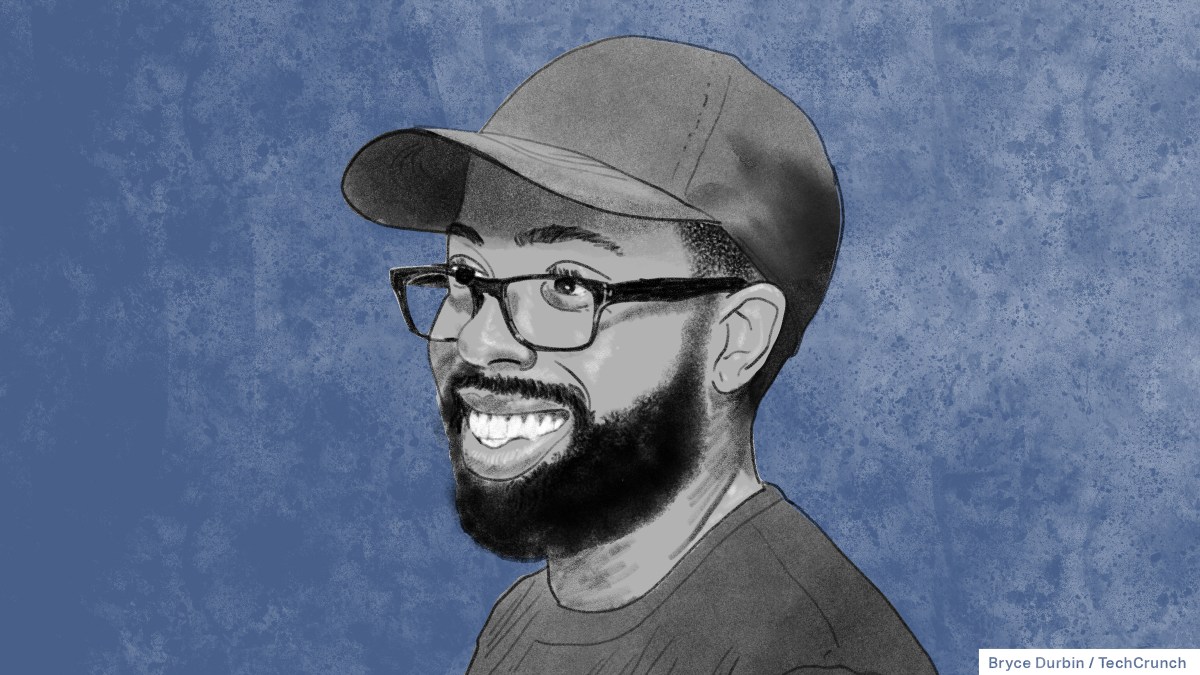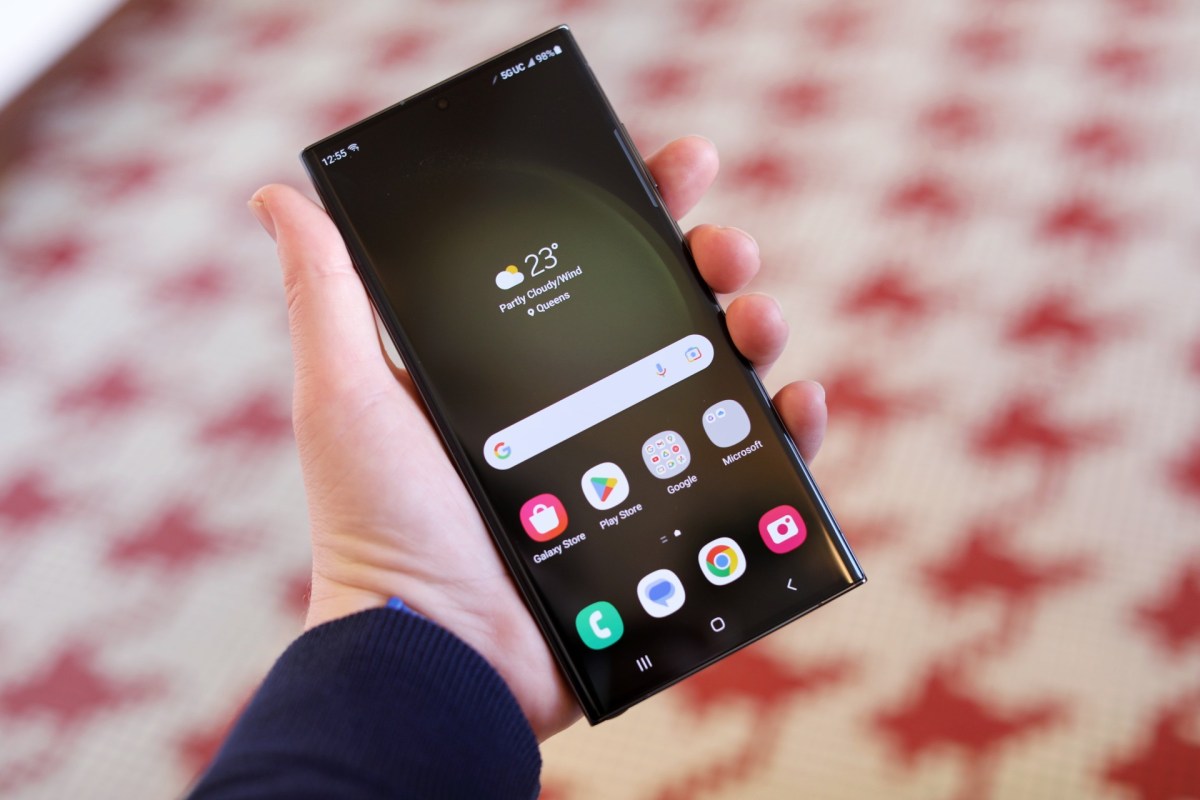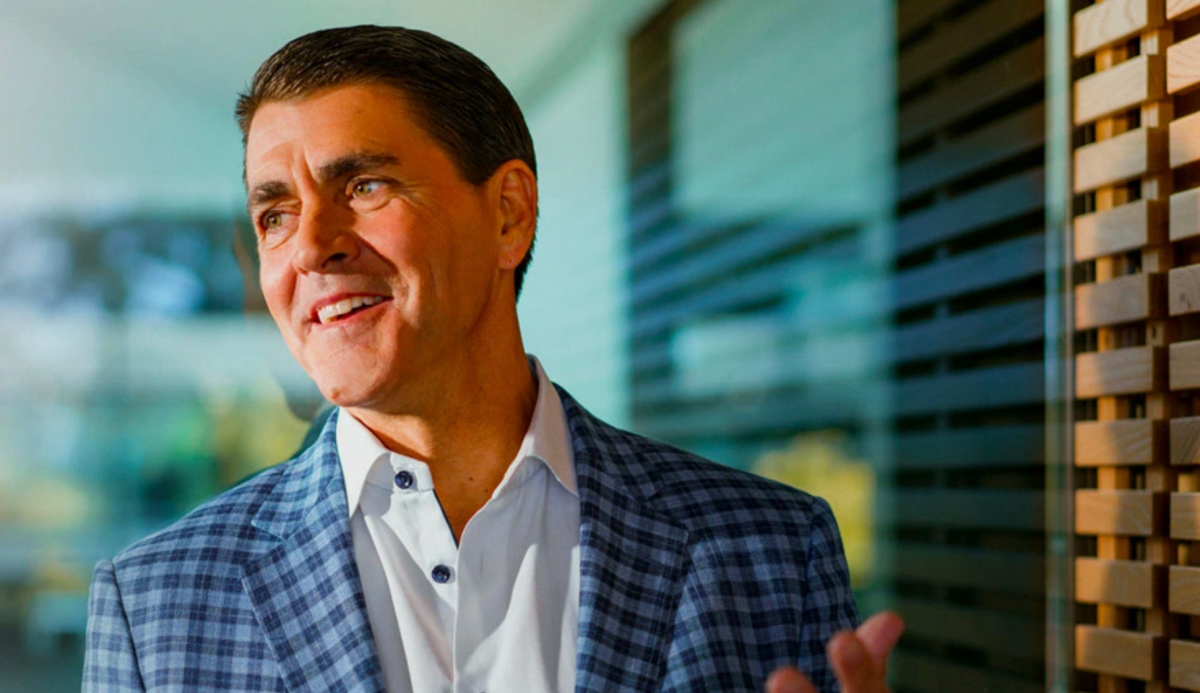Taur’s Carson Brown on why owned scooters > shared scooters
Carson Brown, co-founder and head of product at electric scooter startup Taur, spent four years riding a self-balancing electric unicycle to work. Today, he rides a scooter multiple times a week.
As a micromobility user, Brown has thought a lot about the design of light electric vehicles. What elements do they need to have to make people see them as valid forms of transportation, rather than toys? How might the design of a scooter incentivize a rider to replace public transit rides or car rides with the vehicle, instead of just using it for fun in the park?
Brown has a deep background in product development, which is to say, he’s obsessed with how a customer will use his product. He thinks this mentality will help Taur be the company that separates owned scooters from shared scooters, that shows people how to integrate scooters into their daily lives, that makes scooters cool.
“All scooters should have really good bike lights, should handle really well and have wheels big enough to ride over the terrain that you’re going to get in the city. But those are just the starting points.” Carson Brown
Taur has stood out in the oversaturated but largely meh scooter market by daring to design a vehicle that’s front-facing. The company is currently gearing up for its first launch in Los Angeles, which will test the mettle of this bold idea.
The startup is still very new — Taur was founded in 2019 when it launched a preorder campaign for its sleek white flagship vehicle. It’s raised about $5.2 million so far, including its recent $3.3 million seed round from Trucks VC.
We sat down with Brown to discuss why scooters should be designed to handle roads that exist today, how good design can help people adapt to use scooters in their daily lives and why Taur could be the brand ambassador that the scooter market needs to flourish.
Editor’s note: The following interview, part of an ongoing series with founders who are building transportation companies, has been edited for length and clarity.
You worked at Uniwheel for four years. What did you learn there that you’ve brought to Taur?
Carson Brown: My time at Uniwheel was very early in the electric unicycle space. Our team came from all over — some automotive, some Formula One. I had a product background. We were all designing something from the ground up that we hadn’t really seen before. In building that product completely from scratch, you learned loads of stuff about the fundamentals of electric vehicles, batteries, motors, drivetrains. But you also learn what it’s like to be a user. The most valuable thing I learned was what it’s like to commute on a micromobility vehicle every day for four years. That was how I got to work, how I did errands. It was very much an all-in attempt at understanding what the product needed to be and how the benefits of it were completely different from anything that you could experience.
When I was at Uniwheel, electric scooters barely even existed, so we were building that for essentially a niche audience. Electric scooters today represent something that both my co-founder and I have really high confidence people could learn immediately and could deliver all the benefits of any small micromobility vehicle. You get the portability aspects, the ease of use, the really low cost of operation. They’re a much better fit for a mass audience.
What has stood out to you as a micromobility commuter that you’ve brought to Taur?
The main thing was making riders feel confident on the road. It’s getting better in a lot of cities with bike lanes, but there’s typically this awful experience of feeling somewhat like a second-class citizen, whereby you’re occupying a part of the road where you’re not expected to be, and it can be quite intimidating if you’re not prepared. So from a design standpoint, there are things you can do about that. Obviously, there’s the lighting of the vehicle. There’s how it handles both in terms of stability and control. The visibility of it to other road users, which is why we designed a white scooter. All of these things can increase your confidence to ride regularly. What we don’t want is for people who love it, but don’t feel safe riding it in the back streets or for leisure on the weekend at a park but not using it every day. At the forefront of our minds was, how do we build something that people would feel confident to use every day?
Also, the Uniwheel delivered extremely well on portability. So the whole concept of being able to take a product inside instead of the default of locking it up outside. That reduces the chance of theft and opens up that extra mobility. Like if I’m at home, it’s with me. If I’m at work, it’s with me. I just need to decide to want to go somewhere, and that accessibility is a game changer.
Taur is still at the beginning of its journey. What’s the long-term vision? Are you sticking with scooters?
We’re pretty focused on two-wheeled transportation. I don’t know how broad we will get, but there is a lot of scope for innovation. The latest national numbers we’ve looked at show scooters have outdone e-bikes both in terms of unit sales and growth. So we see a lot of dry powder in this space.




